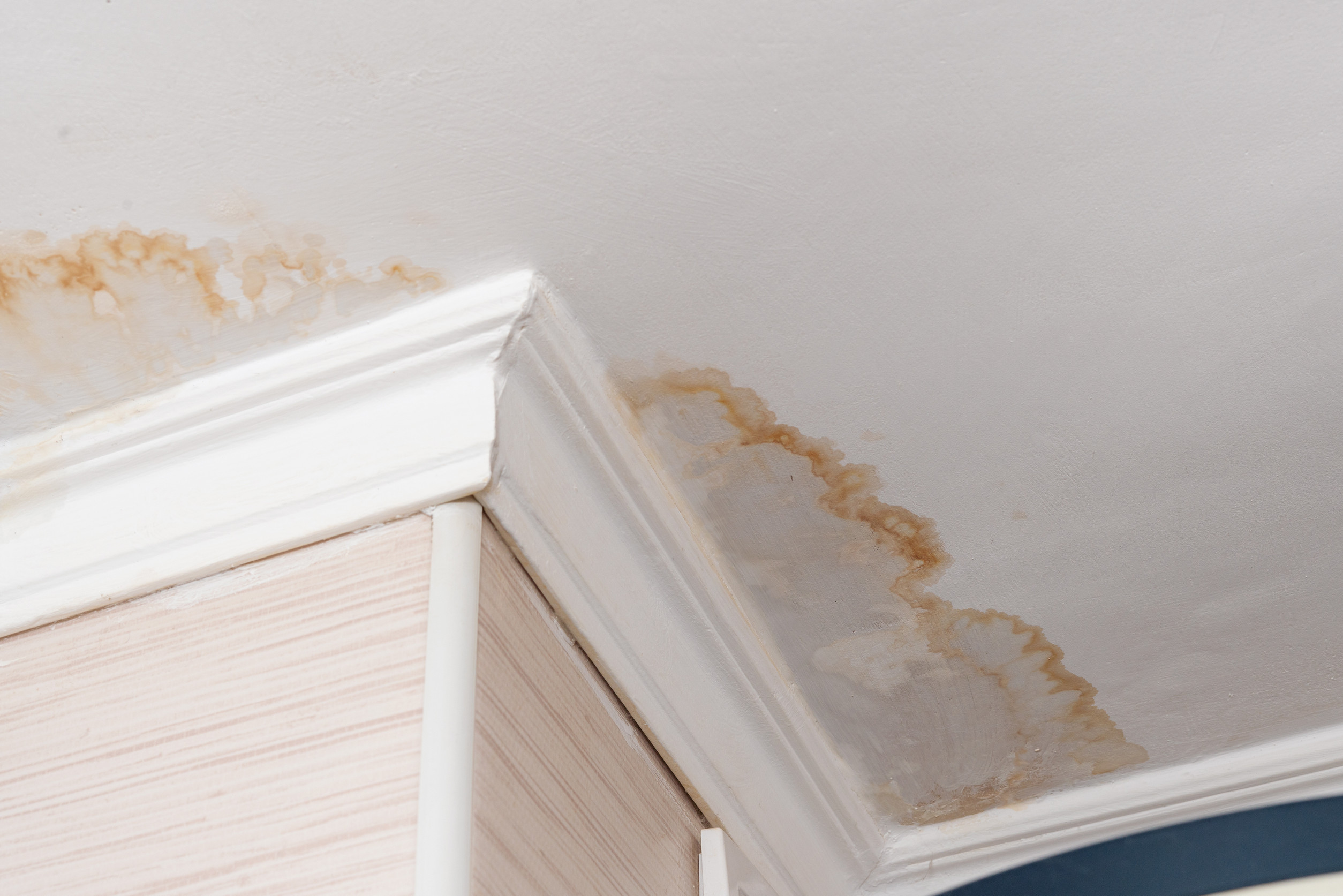
Winter can be brutal on your roof. Snow, ice, and freezing temperatures put a lot of stress on shingles, gutters, and even your attic. Now that the weather is warming up, it’s time to check for any damage left behind by winter storms. Catching problems early can save you from costly repairs down the road. Here’s how to inspect your roof after winter and what steps to take if you find damage.
1. Take a Walk Around Your Home
Before grabbing a ladder, start with a simple walk around your home to look for visible signs of roof damage. A lot can be spotted from the ground if you know what to look for.
Pay attention to:
If anything looks out of place, it’s best to have a professional take a closer look before spring rains arrive.
2. Check Your Attic for Leaks
Not all roof damage is visible from the outside. Head up to your attic with a flashlight and check for:
Even a small leak can lead to bigger issues like mold growth and wood rot, so don’t ignore these warning signs.
3. Clear Out and Inspect Your Gutters
Your gutters play a major role in directing water away from your roof, but they can’t do their job if they’re clogged or damaged. Look for:
Clogged or broken gutters can cause water to back up onto your roof, leading to leaks and foundation issues.
4. Watch for Ice Dam Damage
If your home had ice dams over the winter, your roof could have hidden damage. Ice dams form when attic heat causes snow to melt and refreeze at the roof’s edge, preventing proper drainage. Over time, this trapped water can seep under shingles, leading to:
If ice dams were an issue this winter, it may be time to improve your attic insulation and ventilation to prevent them from happening again next year.
5. Call in a Pro for a Roof Inspection
Even if your roof looks fine from the ground, a professional inspection can catch hidden damage before it turns into a bigger problem. A roofer will:
Routine inspections can help extend the life of your roof and save you money on unexpected repairs.
Winter can be tough on your roof, but with a little maintenance, you can keep it in great shape for years to come. Whether you need an inspection, repairs, or help with ice dam prevention, A&M Roofing is here to help. Contact us today to schedule your post-winter roof checkup and make sure your home stays protected.